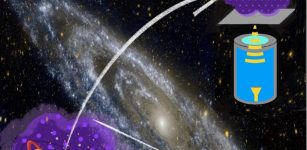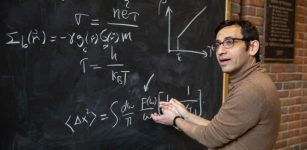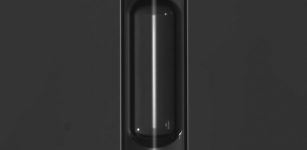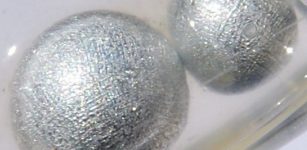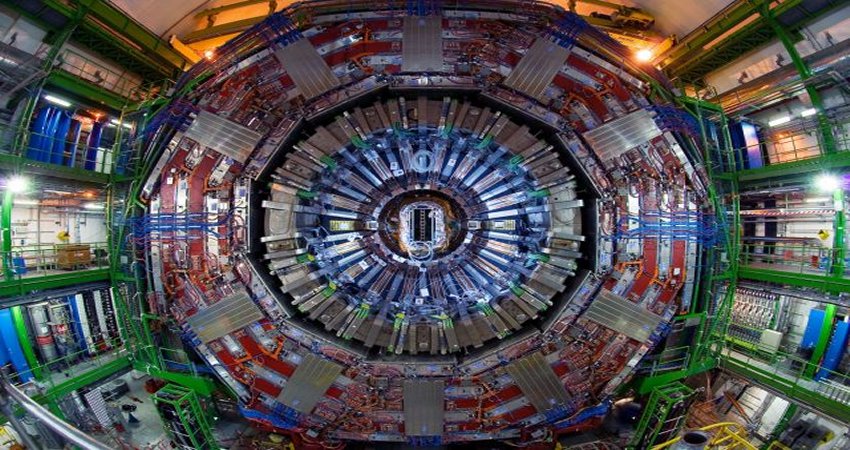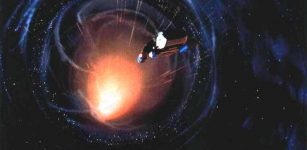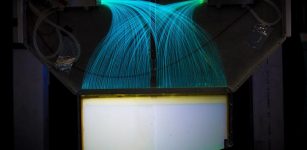First Splitting Of One Photon Into Three – Reported By Quantum Researchers
Eddie Gonzales Jr. – MessageToEagle.com – First occurrence of directly splitting one photon into three – is reported by researchers from the Institute for Quantum Computing (IQC) at the University of Waterloo.
The occurrence, the first of its kind, used the spontaneous parametric down-conversion method (SPDC) in quantum optics and created what quantum optics researchers call a non-Gaussian state of light.
Splitting of a photon into three could be an important achievement in the field of quantum computing.
A non-Gaussian state of light is considered a critical ingredient to gain a quantum advantage.
“It was understood that there were limits to the type of entanglement generated with the two-photon version, but these results form the basis of an exciting new paradigm of three-photon quantum optics,” said Chris Wilson, a principal investigator at IQC faculty member and a professor of Electrical and Computer Engineering at Waterloo.
“Given that this research brings us past the known ability to split one photon into two entangled daughter photons, we’re optimistic that we’ve opened up a new area of exploration.”
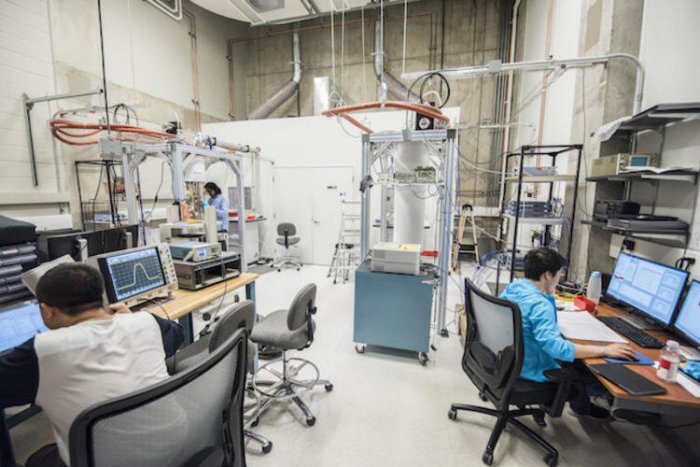 Lab of Chris Wilson. Credit: University of Waterloo.
Lab of Chris Wilson. Credit: University of Waterloo.
“The two-photon version has been a workhorse for quantum research for over 30 years,” said Wilson. “We think three photons will overcome the limits and will encourage further theoretical research and experimental applications and hopefully the development of optical quantum computing using superconducting units.”
See also:
Breakthrough In Quantum Computing Will Help To Improve Computer Memory
Simulation Of Quantum Computing That Can Be Used On A Traditional Computer
New Super-Class Of ‘Majorana Photons’ Identified
Record-Setting Quantum Motion Created By Physicists At NIST
What Is Quantum Machine Learning And How Can It Help Us?
Wilson used microwave photons to stretch the known limits of SPDC. The experimental implementation used a superconducting parametric resonator. The result clearly showed a strong correlation between the three photons generated at different frequencies. Ongoing work aims to show that the photons are entangled.
“Non-Gaussian states and operations are a critical ingredient for obtaining the quantum advantage,” said Wilson. “They are very difficult to simulate and model classically, which has resulted in a dearth of theoretical work for this application.”
Written by Eddie Gonzales Jr. – MessageToEagle.com Staff



